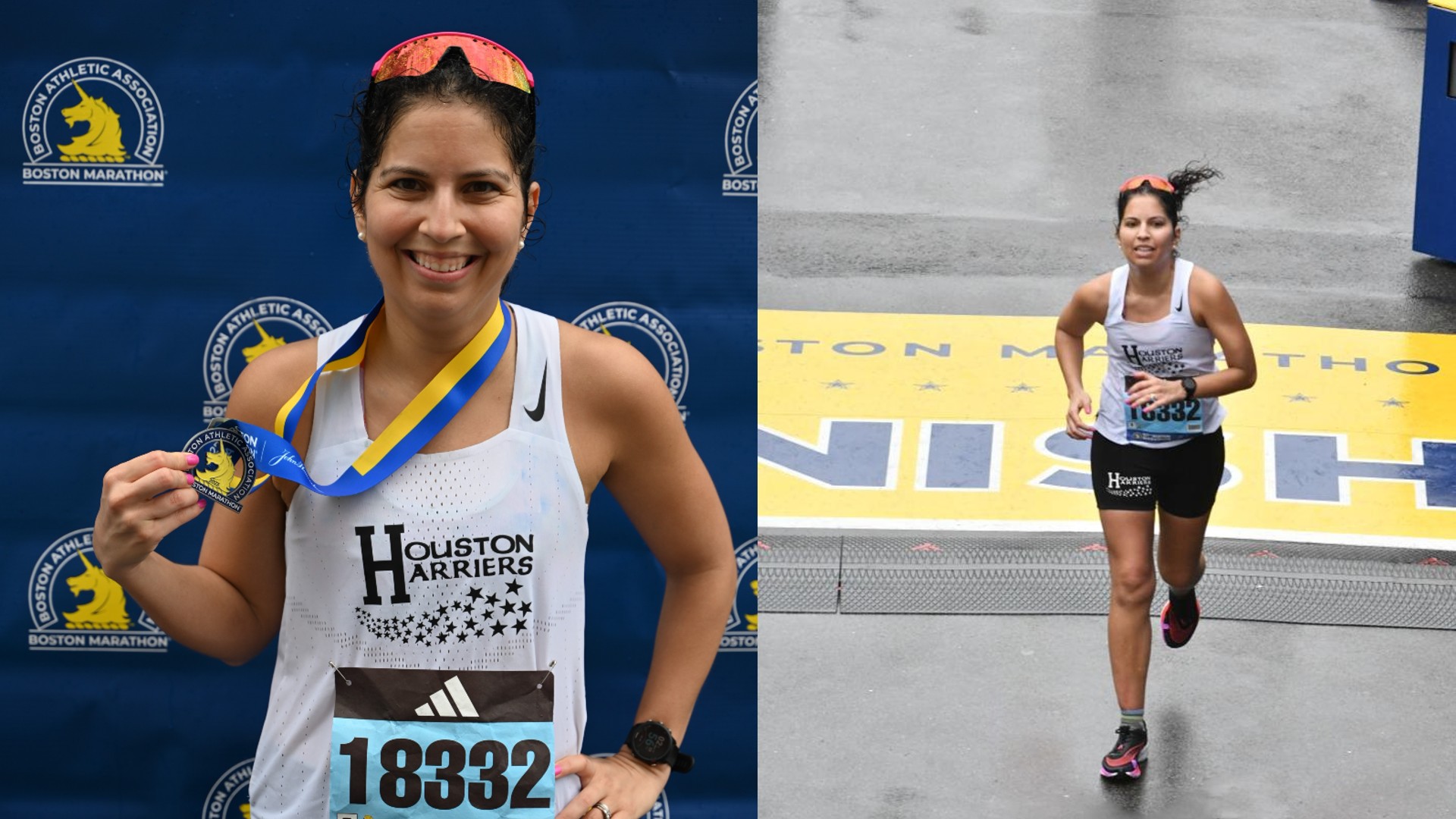
It’s Boston Marathon weekend! If it’s your first time running the race, you may be feeling somewhere between a bit nervous and overwhelmed, even if you’re there for a victory lap rather than trying to throw down a new personal best. Being well prepared is an effective way to keep you on the “bit nervous” end of the spectrum, so here are a few things I would have found useful to know before I toed the line in Hopkinton for the first time in 2023.
1. Take The T Everywhere, Even If Staying Downtown
I used to live in New York City, where I would walk whenever I could rather than take the subway—especially since subway stations were usually so close to each other. In Boston, however, trips like walking the distance of one subway station to another if going from, say, a Boston Common area hotel to the expo and back, add up. Stay off your feet as much as possible, especially since it’s a long weekend with the race being on Monday.
2. Don’t Go To Too Many Events Before The Race
Easier said than done with the overabundance of brand and media events. Being out all day every day from Friday morning can be physically and emotionally draining, so I recommend picking one event each day, and try to time one with a visit to the expo to pick up your bib.
It’s also worth bearing in mind that the group shakeout runs can be quite large and crowded. I found a good balance was to go to one group run on Saturday and then do my Sunday morning shakeout alone. It really was nice to be at peace and alone with my thoughts around a quiet Boston Common for my final miles before the big day.
3. Prepare Yourself Mentally For The Race’s Late Start
My first Boston wasn’t my first rodeo. I’d run another World Marathon Major—the New York City Marathon—three times by that point. This meant I knew to expect a later race start than I was used to with my beloved Houston Marathon, which starts at 7am (the perfect race start time, in my opinion) and with the fact that I start most of my long runs by 6am, especially when the weather is on the warmer side.
Even though my qualifying time of 3hr 30min 14sec was nearly five minutes faster than my age-graded standard, I was still seeded in the third wave of runners, which meant I was set to start at 10.50am. Even starting a run at 8am feels late to me, so starting at almost lunchtime was a shock to the system, to say the least. I did know to pack snacks for a second breakfast in between leaving my hotel for the bus to the start village and waiting in the start village, but I am glad I also made plans to ride the bus with a friend from home. If I had made the trek alone, I probably would have sat there quietly, overthinking my race. Chatting with my friend really helped take the edge off and made the hours in between fly by.
4. Know The Walk To The Start Is About A Mile Long
That’s right — when you get off the bus at the start village in Hopkinton, you still have a bit of a journey to the starting line, something I hadn’t heard or read about before my first race. While there’s nothing you can do to avoid the additional time on your feet and it’s certainly not going to affect your ability to have a good race, I think it’s an important detail to be aware of because it will help you avoid lollygagging too long in the start village. You can also plan for things like getting in one last bathroom stop before leaving, because the chances are you’ll be worried about making your start time and the long lines for the last bathrooms on the way to the start will feel too risky.
5. Training For Downhills Is Just As Important As Training For Uphills
Did you know the Boston Marathon is net downhill? Most people brush off that fact and fixate on the notoriously difficult Newton hills, a series of climbs from miles 16 to 21. Uphills have historically been one of my biggest weaknesses, so that was what I spent the most time preparing for.
Even though I didn’t get carried away on the faster, downhill first half of the course and stuck pretty closely to my plan, my quads still suffered from dealing with more downhills than they were used to. It made those Newton Hills hurt even more, even though I didn’t slow down that badly on them. This is probably the biggest thing I’m filing away for training strategy if and when I run Boston again.
6. Don’t Judge Your Progress By Landmarks
Even if you haven’t spent much time closely analyzing the course map, when you think about the Boston Marathon course, you likely know about famous spots like the Wellesley Scream Tunnel, the Citgo sign, and the famous “right on Hereford, left on Boylston.”
For one thing, you will hear the scream tunnel long before you come across it, and there is a significant downhill that precedes it, before you hit the halfway point. Don’t let yourself get carried away there.
As for the Citgo sign, you will see it long before you pass it after mile 25, so don’t further torture yourself if you’re having a tough race.
Lastly, know that the final stretch down Boylston is nearly half a mile long, so don’t expect to sprint immediately there, even though you can see the finish line.







